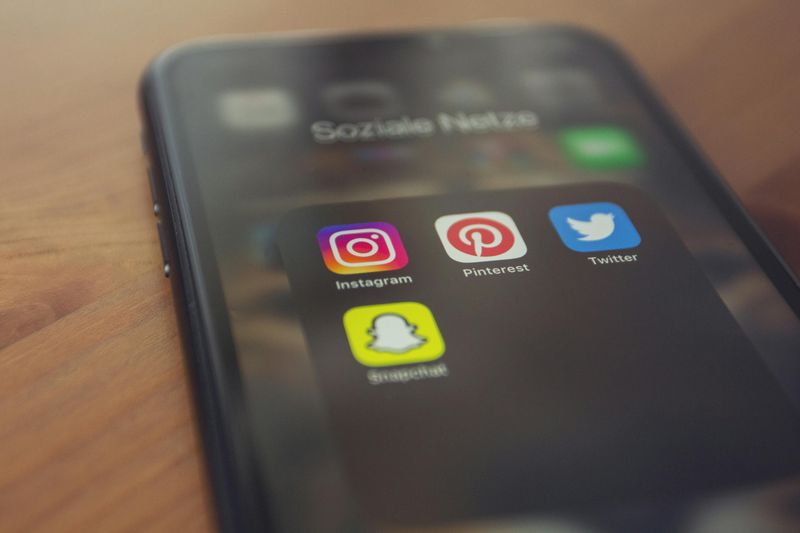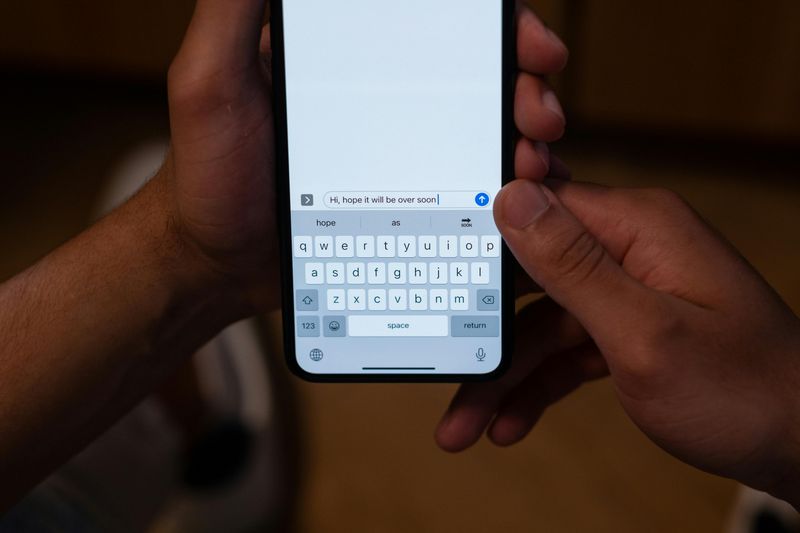In a world overflowing with notifications and endless scrolling, taking a break from social media can feel liberating—but also isolating. The good news? You don’t have to lose connection to regain balance. Backed by numerous surveys and research, these 9 practical strategies will help you unplug from social media, ease stress, and stay closely connected to the people and experiences that truly matter.
1. Set Intentional Limits on Time Spent

Your phone tracks every minute you spend scrolling, and those minutes add up fast. Studies show that reducing social media use to around 30 minutes a day can significantly lower anxiety, depression, and FOMO.
Use built-in app timers or screen-time controls to set realistic caps that encourage balance rather than total restriction. When your time is up, your phone will remind you to move on with your day.
Start small by cutting back just 15 minutes each week until you reach a healthier limit. You’ll be surprised how much more time you have for hobbies, exercise, or just relaxing without that constant urge to check notifications.
2. Mute, Unfollow, or Filter Negative Content

Not all content deserves space in your feed. Research from the University of British Columbia found that minimizing exposure to envy-inducing or stressful posts improves overall mood and perceived social support.
Curate your feed so only positive and meaningful content remains. Unfollow accounts that make you feel bad about yourself or trigger unnecessary stress, even if they’re people you know.
Muting is a gentler option when you don’t want to completely cut ties. Most platforms let you hide posts without the other person knowing, giving you control over what enters your mind each day without awkward confrontations or hurt feelings.
3. Replace Passive Scrolling with Active Engagement

Scrolling through hundreds of posts without interacting might feel like staying connected, but it’s actually making you lonelier. Evidence suggests that sending messages or commenting thoughtfully builds stronger connections than endless scrolling.
Aim to interact meaningfully rather than consuming content passively. Instead of liking a friend’s photo, send them a direct message asking how they’re doing or sharing a memory you have together.
Active engagement takes more effort but delivers real rewards. When you focus on quality interactions instead of quantity, you’ll feel more satisfied with your social life and less tempted to waste hours mindlessly browsing through strangers’ vacation photos or perfect breakfast plates.
4. Schedule Offline-First Social Activities

Nothing replaces the warmth of real human connection. Meeting for coffee, walking with a friend, or even writing letters enhances genuine connection more than online likes.
Consistent face-to-face or voice communication has been shown to increase life satisfaction and emotional stability. Plan weekly hangouts with friends, join a book club, or organize game nights that require everyone to leave their phones in another room.
These offline moments create memories that actually stick with you, unlike the forgettable posts you’ll scroll past tomorrow. Real conversations let you pick up on body language, tone, and emotions that text messages and emojis simply can’t capture accurately or authentically.
5. Create Tech-Free Zones or Times

Designating areas like the dining table or time blocks such as before bed as phone-free improves mindfulness and relationship quality. Research shows these small boundaries help decrease stress and distraction.
Start by making your bedroom a phone-free zone after 9 PM, or keep devices out of the bathroom and dinner table. These simple rules train your brain to associate certain spaces with rest, connection, or focus instead of constant digital stimulation.
You’ll sleep better, eat more mindfully, and have deeper conversations with family members when phones aren’t competing for attention. Over time, these tech-free zones become sacred spaces where you can truly relax and recharge.
6. Use Alternative Communication Tools

Social media platforms are designed to keep you scrolling, not to help you connect. Replace social platforms with direct texting, phone calls, or video chats.
These forms keep you socially engaged without the addictive pull of endless scrolling or ads. A five-minute phone call with your best friend will make you feel more connected than an hour of browsing their Instagram stories.
Video chats bring back facial expressions and laughter that text can’t convey. Group texts let you stay updated with friends without getting sucked into algorithm-driven feeds designed to manipulate your emotions and steal your time for advertising revenue and engagement metrics.
7. Plan a Short Social-Media Break or Mini-Detox

Sometimes you need to step back completely to reset your relationship with social media. Studies show that deactivating social accounts even for one week can boost happiness and reduce stress.
Maintain social bonds through calls or messages while stepping away from the apps. Tell your close friends and family about your break so they know you’re still reachable through text or phone.
During your detox, notice how much mental space opens up when you’re not constantly checking for notifications. Many people report feeling lighter, more present, and less anxious after just a few days away from the comparison trap and information overload of social platforms.
8. Be Mindful and Intentional with Your Use

How many times have you opened Instagram without even thinking about it? Instead of opening apps by habit, pause to ask yourself why you’re checking them.
Mindful engagement has been linked to better focus and less emotional fatigue compared to mindless browsing. Before you tap that app icon, ask yourself: Do I have a specific reason to check this, or am I just bored?
If you’re looking for something specific like a friend’s birthday or an event detail, find it and close the app. This simple pause interrupts the automatic behavior and puts you back in control of your attention and time instead of letting algorithms dictate your day.
9. Strengthen Real-World Relationships

Harvard research highlights that offline friendships and community involvement are the strongest predictors of long-term happiness. Volunteer, join clubs, or plan regular in-person meetups to stay connected beyond screens.
Real-world relationships provide support that online connections simply can’t match when life gets tough. Join a sports team, volunteer at a local shelter, or take a class where you’ll meet people who share your interests.
These face-to-face communities give you a sense of belonging that no follower count can provide. Plus, you’ll create genuine memories and friendships that enrich your life far more than any viral post or perfectly filtered photo ever could possibly achieve.

Comments
Loading…